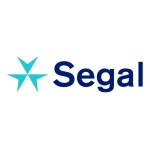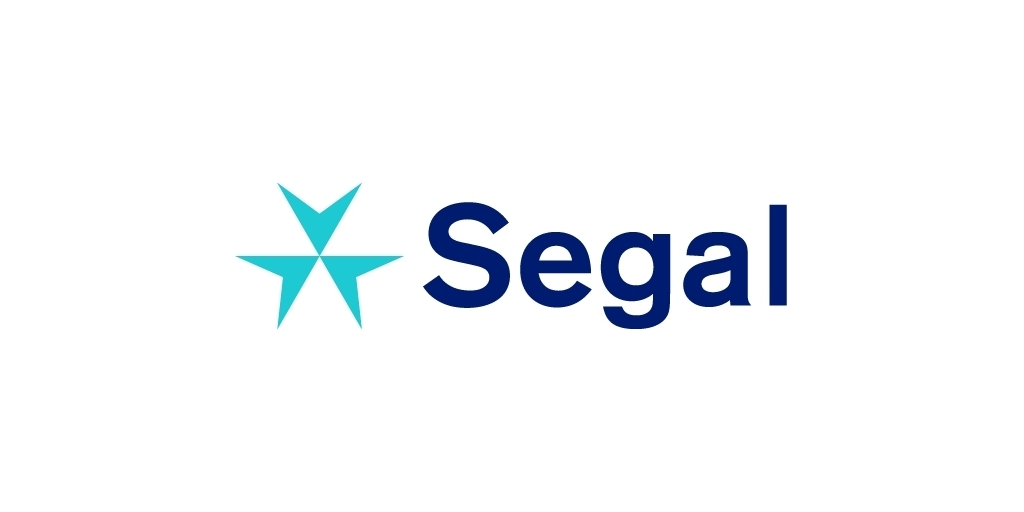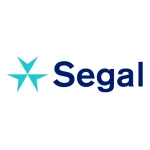NEW YORK–(BUSINESS WIRE)–Leading benefits and HR consulting firm Segal released its 2024 State Employee Health Benefit Study today, alongside an interactive map revealing state-by-state comparisons of health benefit plans. The study reveals medical and prescription drug plan design and benefit cost-sharing arrangements available to full-time active employees enrolled in state benefit plans in all 50 states for 2023-2024.
Key Findings of the 2024 Study:
- 94% of states offer employees a choice of medical plans as employees seek customizable benefits aligned with their personal needs.
- High-deductible health plans (HDHPs) are more prevalent in America today, in fact more than half of state plans offer an HDHP plan option. Of the 33 states that offer HDHPs, 23 contribute to a health savings account, at an average employer contribution amount of $531 annually in 2023.
- While deductibles levels for HDHPs are much higher than preferred provider organizations (PPOs), the variance of out-of-pocket (OOP) maximums between these plan types is not as significant, which is partially due to maximum allowable OOP limits in place by the Affordable Care Act (ACA). The highest difference between HDHP OOP maximums and PPO plans is 11 percent.
- Regional differences are significant, for example West Coast employees contribute 0.78 percent of their salary towards coverage for their least expensive plan option and 2.75 percent for their most expensive plan option, while employees in the Midwest pay 1.63 percent for their least expensive plan option and 3.25 percent of their salary for the most expensive plan option.
- As fixed-dollar prescriptions drug copayments erode in value over time, some states have adopted coinsurance with minimum/maximum amounts to protect plan values and improve participant utilization patterns. Five states now charge coinsurance for generic drugs for the most expensive plans offered in their state, with 10 percent being the most common amount. For more expensive brand drugs, 10 states charge coinsurance with 20 percent being the most common charge.
Complementing the study, Segal’s innovative, interactive map tool enables users to perform detailed state-by-state comparisons, shedding light on the intricate details of each state’s employee health benefit plan. Available on the Segal site, the map’s free version offers comprehensive data, while the paid version allows users to compare states side by side and change the map to view different cuts of the data, such as average salary, contribution ratio, plan offerings by state and average cost per visit or average cost per prescription script. The comprehensive version also includes the ability to benchmark to specific states to compare medical and Rx cost sharing features.
“As health benefit coverage costs continue to outpace inflation, state leaders have placed a renewed focus on health budgets. The Segal study’s findings underscore the need for targeted cost-management strategies. Putting numbers into context, a 4 percent increase on a median salary of $60,000 translates to $2,400 in wage growth. This compares to an expected $1,900 increase in health care spending expected over the same time, or 8 percent of current health care costs ($24,000). Roughly 80% of budgeted wage growth could be consumed by health care trend if plan strategies are not effective in managing spending,” said Melanie Clark, Vice President and Actuary at Segal. “The interactive map tool is a gateway to empowering leaders with the insights they need to navigate the demands of health coverage in a way that is cost-effective and beneficial for employees across the state.”
By allowing comprehensive comparisons of how peer jurisdictions structure their employee health benefits the map provides contextual benchmarks that can guide plan design adjustments. This groundbreaking study and accompanying digital map are built on Segal’s extensive expertise gained from decades of advising health plans.
About Segal
Segal delivers trusted advice that improves lives. Segal is a privately owned benefits, human capital, communications, technology, insurance brokerage and investment consulting firm with more than 1,000 employees throughout the U.S. and Canada. Segal, Segal Marco Advisors and Segal Benz are all members of the Segal family.
The State Employee Health Benefit Study is for informational purposes only and does not constitute legal, tax, financial or similar advice. It is only intended to identify general trends and does not cover all fact patterns that may apply to your plan. It is based on publicly available information available to Segal at the time it was created. Segal makes no representation or warranty as to the accuracy of any forward-looking statements and does not guarantee any particular outcome or result. You are encouraged to discuss the issues raised here with your legal, tax and other advisors before determining how the issues apply to your specific situation(s).
Contacts
Dhani Hoyte, Segal@peppercomm.com







